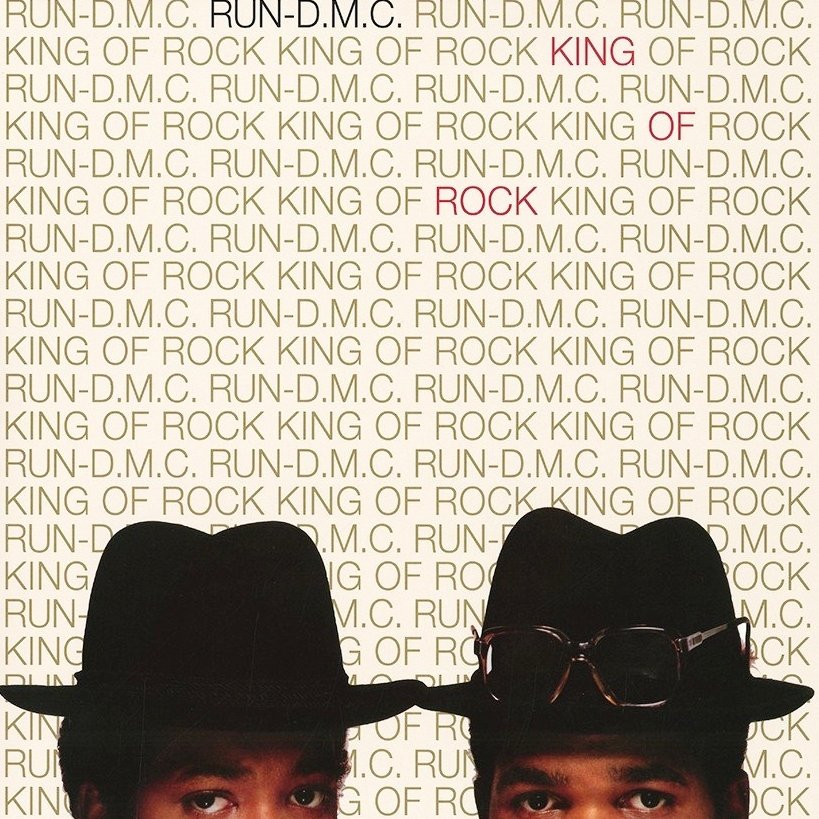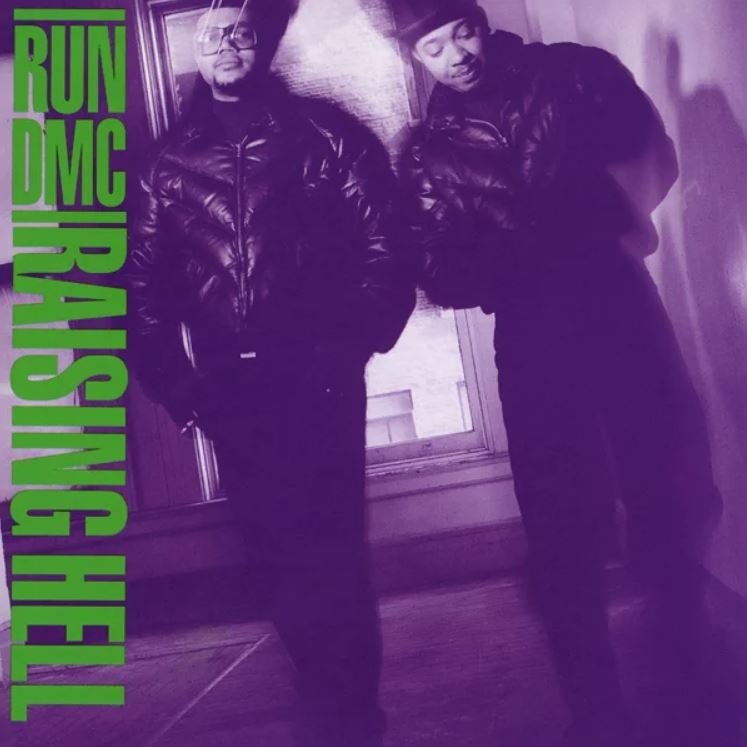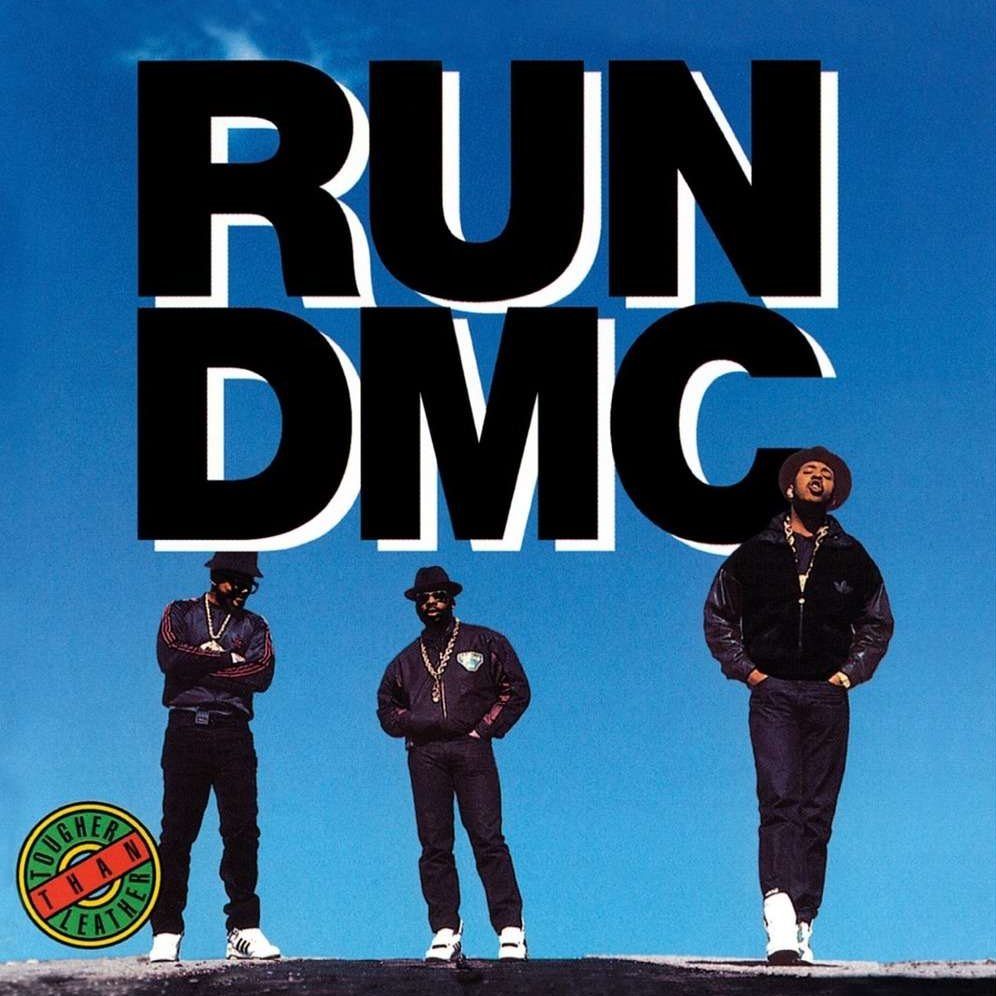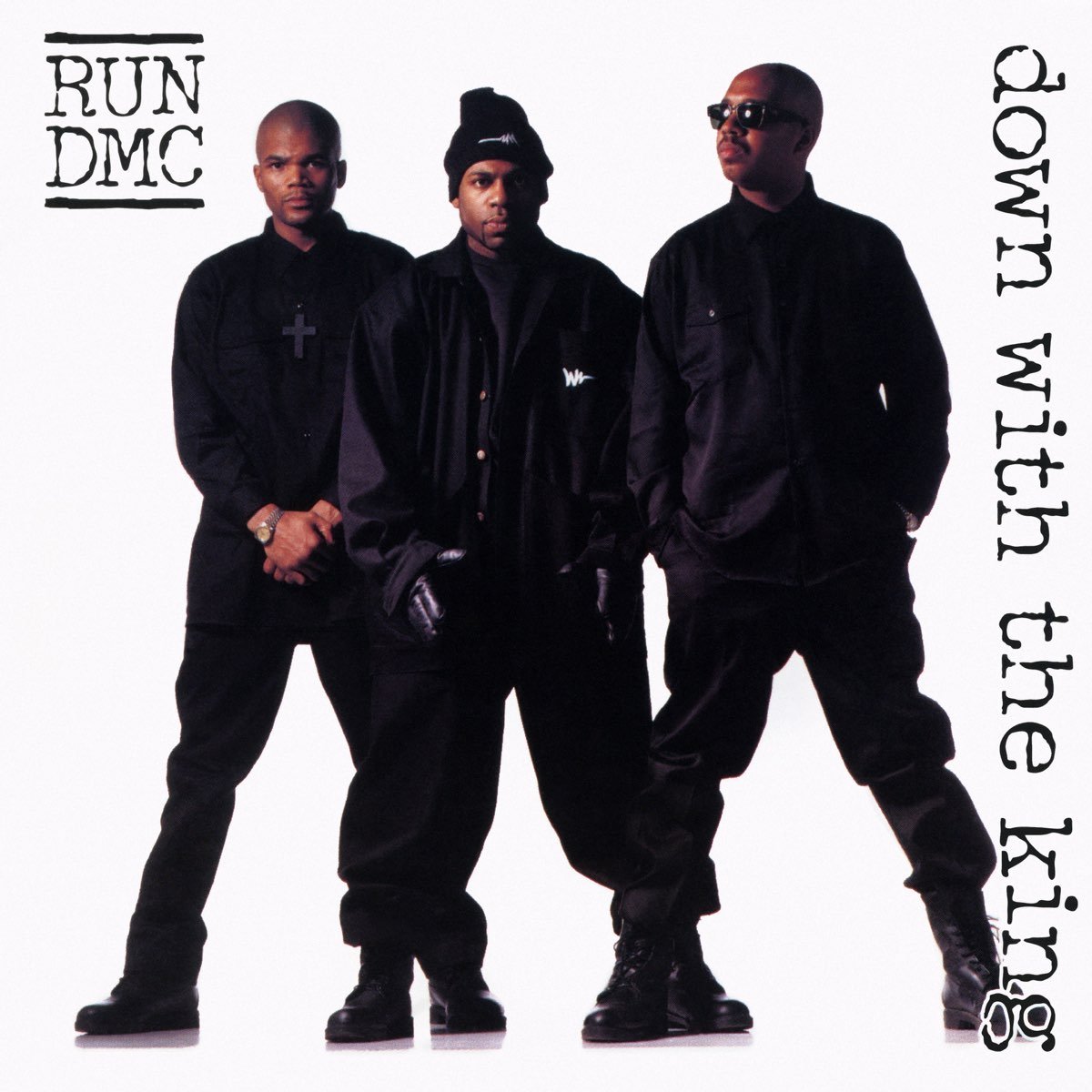Happy 40th Anniversary to Run-DMC’s debut album Run-D.M.C., originally released March 27, 1984.
Run-DMC’s self-titled debut album was the first time that everything changed for hip-hop. Released 40 years ago, it was genre-redefining, even though hip-hop itself was really less than a decade old. Run-D.M.C. successfully set the template for what hip-hop’s album culture would become by delineating the song structure and length, while forever altering its sound.
Run-DMC is vital to the evolution of hip-hop today. Comprised of Joseph “Run” Simmons, Daryl “DMC” McDaniels, and Jason “”Jam Master Jay” Mizell, the trio is considered the first “new school” hip-hop group. If Kendrick Lamar and Drake are the children of 2Pac and Eminem, then they’re the grandchildren or even great-grandchildren of Run-DMC. Simmons, McDaniels and Mizell redefined what it meant to be a rap group in the early to mid ’80s, what rappers were supposed to look like, what rap music was supposed to sound like, and how rap music was recorded and released. In short, they created the language of hip-hop that many of us now take for granted.
The Hollis, Queens born trio had been involved in the growing rap scene during its nascent stages. Run is of course the younger brother of Russell Simmons, the notorious hip-hop mogul and architect of Def Jam Records, who was primarily known as a show promoter back in the early to mid ‘80s. Run had made his name DJing for Kurtis Blow, one of rap music’s first recognizable artists, and occasionally writing rhymes for him. He first met DMC out at shows, and the two later connected with Jay. After a few false starts with Run trying to record his own solo material, the trio formed a group and were christened “Run-DMC” by Russell.
Run-D.M.C. wasn’t technically the first hip-hop album ever, but, with its 40-minute run time, it was the first one to be the length of a “standard” long-player. During the early ’80s, most artists and labels questioned the need for a full-length hip-hop album. The genre was very much single driven, and with rap music receiving very little radio play, its heart and soul was in the live performance. That changed when Profile Records essentially collected the A- and B-Sides to the group’s four singles and released them together as Run-D.M.C.
Run-DMC also defined how rappers dressed and presented themselves. Hip-Hop was very much spawned from the 1970s dance, disco, and funk era. Hence, when crews like Grandmaster Flash and the Furious Five took to the stage at major concert venues throughout New York City, they often did so in flamboyant costumes. Run-DMC eschewed the pageantry, decking themselves out in black jeans, jackets, and fedoras, and other times in fresh Adidas suits and almost always wore Adidas kicks with no laces.
Furthermore, during hip-hop’s Old School era, songs were often the length of disco and dance mixes. The album version of “Rapper’s Delight” is nearly 15 minutes long, for instance, while other tracks frequently clocked in at over seven or eight minutes. Run-DMC was one of the first groups to whittle things down, recording traditionally structured pop songs.
Listen to the Album & Watch the Official Videos:
Lyrically, Run and DMC played off of each other frequently throughout the album, blending their distinct voices and styles into one unified instrument. Run would kick one line and DMC would follow up with another, with the pair often rhyming in tandem, trading words and syllables within each line. This style was showcased on the group’s first single “It’s Like That” and its follow-up “Hard Times.” For these songs, Larry Smith’s production shaded toward the stark and the grim. Both of these songs have similar subject matter to Grandmaster Flash and the Furious Five’s “The Message,” but feel even darker, bolstered by more menacing keyboards and sounds.
“It’s Like That” paints a bleak view of the world circa the early ’80s, with large portions of the population mired in poverty. Still, the two make sure to offer some glimmers of hope, encouraging others to live their best lives and work to help others on this planet. The album-opening “Hard Times” shares a similar worldview, painting a picture of a world on the brink of collapse, but with Run and DMC both pledging to fight for their survival.
Hope was a big part of Run-DMC’s music in these early days, in contrast to the often-crumbling world that they described. With “30 Days,” the duo describe a dream-like reality, devoid of crime, homelessness, hunger, and war. During the Reagan years that shaped the city of New York and urban areas throughout the country, optimism was a precious commodity, particularly during a period when nuclear extinction seemed very real. It’s striking to note the group envisioned what’s essentially a socialist utopia as paradise on Earth, and it’s a bit surprising that it didn’t turn more heads.
Run-D.M.C. is frequently at its strongest when it’s just Run and DMC rhyming over a drum-machine. While “It’s Like That” first put Run-DMC on the map, it was the B-side of the single, “Sucker M.C.’s (Krush Groove)” that possesses the more enduring legacy. It was the prototype for hip-hop music moving forward, and one of the earliest examples of stripped-down hip-hop perfection, with the pair dropping verses over a stark drum track. No frills. Nothing extra. Just Run and DMC and neck-snapping drums.
“Hollis Crew (Krush Groove 2)” is the sequel to “Sucker M.C.’s,” featuring a similar drum track, but with much more interplay between the two emcees. They kick routines that they frequently utilized during their live performance, including rhymes that were used on the recorded version of “Here We Go (Live At the Funhouse).”
Rappers and groups had paid tribute to their DJs before, but “Jam Master Jay” was unique in that it was one of the first hip-hop tracks that featured interplay between the emcees and the figure behind the turntables. Prior to this, Grandmaster Flash didn’t actually appear on the studio versions of the song “Flash To the Beat.” Part of the reason for the absence of the DJ before this was that during the early ’80s, studio engineers had yet to really figure out how to mix live turntables. They’re essentially amplified microphones, and engineers were afraid that by recording them in the studio, they’d blow out their speakers.
Enjoying this article? Click/tap on the album covers to explore more about Run-DMC:
Sometime around ’83 or ’84, studio engineers figured out how to integrate turntables into the studio recording process, allowing DJs like Jam Master Jay to get busy in the studio on the track bearing his name. Run and DMC pay homage to the one of the coldest DJs to ever bless the two turntables, as he scratches vocals from the live version of Cerrone’s “Rocket In the Pocket.”
Despite my usual preference for no frills hip-hop, my favorite song on Run-D.M.C. and across the group’s entire repertoire is “Rock Box.” With its driving electric guitar riff by session musician Eddie Martinez, the album’s third single was one of the first rap tracks to incorporate elements of rock. The song’s video is also one of the first fully produced videos by a rap group.
Lyrically, both Run and DMC display some of the earliest instances of “swag,” as their lyrics lend grandeur to the pulsing track. Run starts the song off by proclaiming, “For all you sucker MCs perpetrating a fraud / Your rhymes are cold wack and keep the crowd cold bored / You’re the kind of guy that girl ignored/ I’m driving a Caddy, you fixing a Ford.” DMC later declares, “I couldn’t wait to demonstrate / All the super def rhymes that I create / I'm a wizard of a word, that's what you heard / And anything else is quite absurd.” Again, the pair merge their voices throughout the song, imbuing it with even more verbal power. The group would continue to make use of the hard rock sound on some of their biggest hits, including “King of Rock” and “Walk This Way.”
By all measures, Run-D.M.C. was a massive success, becoming the first hip-hop album to be certified Gold. Run-DMC used the album to successfully launch their careers, becoming the fitting “kings” of the genre for at least the next few years, as they morphed from New School rap artists to genuine pop music superstars. And though many of the current crop of rappers could literally be Run, DMC, or Jay’s grandchildren, they continue to operate in a genre that was defined by Hollis’ hardest hip-hop crew.
LISTEN:
Editor's note: this anniversary tribute was originally published in 2019 and has since been edited for accuracy and timeliness.





